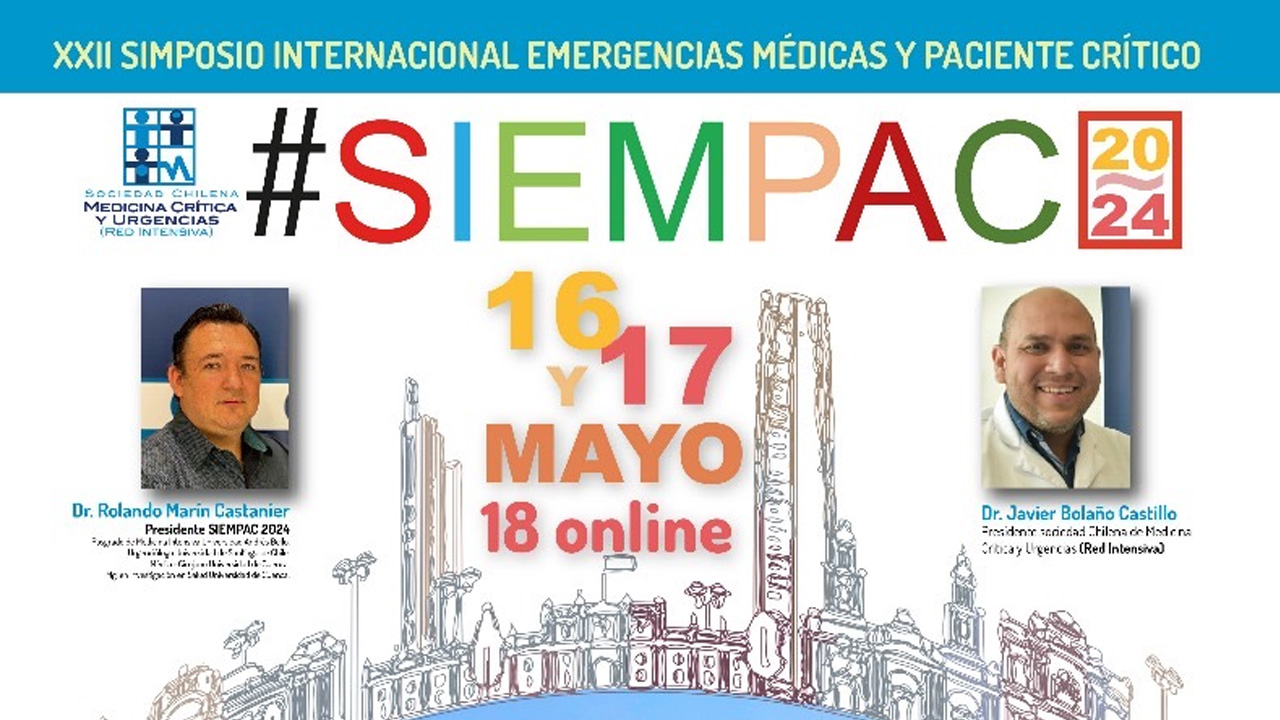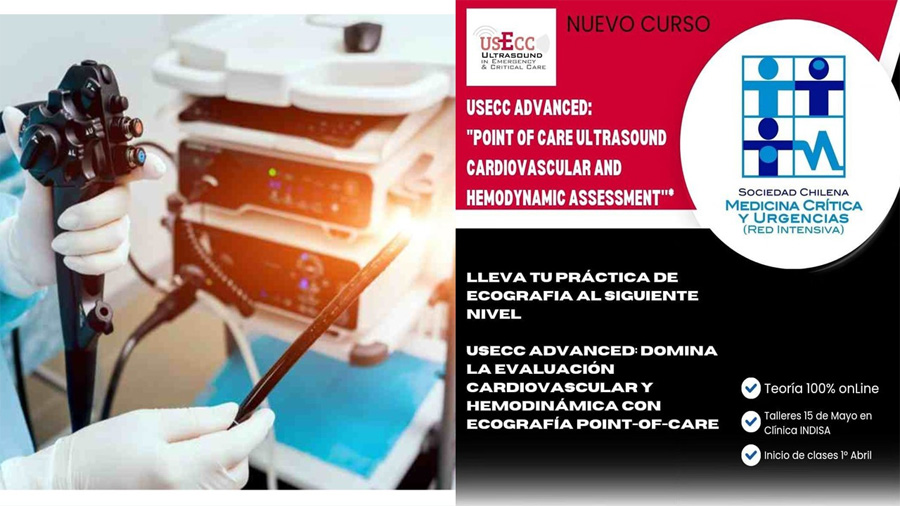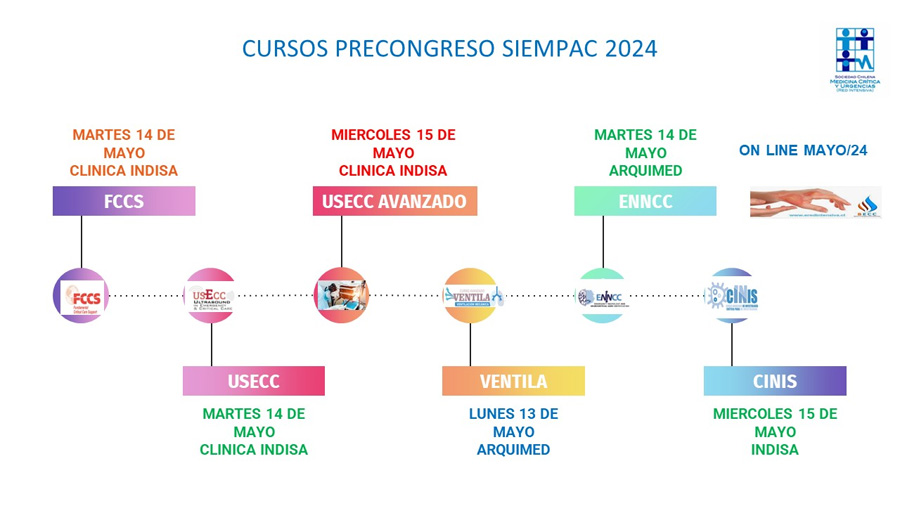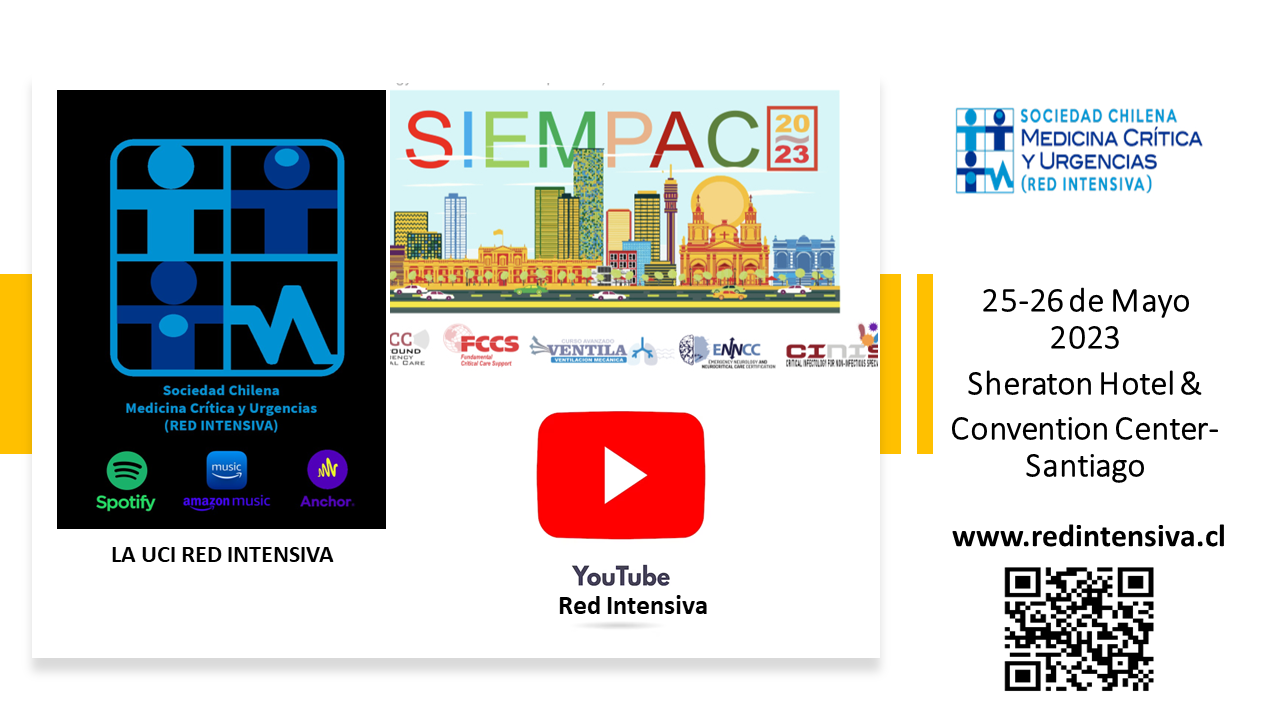¿Menos transfusiones en cardio-operados?
En el postoperatorio de una cirugía cardíaca, son muchos los pacientes que se benefician de una transfusión alogénica de glóbulos
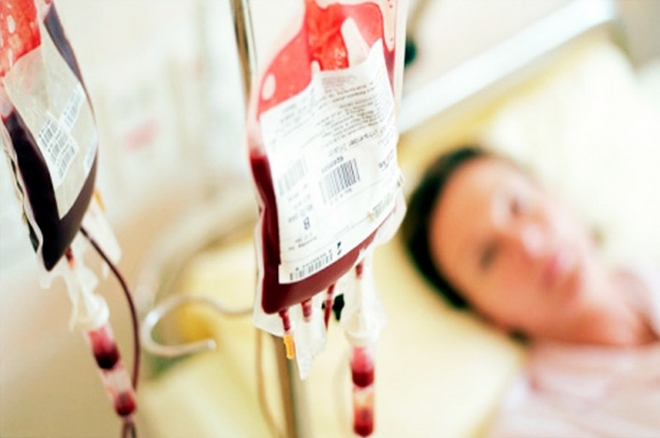
Fecha de publicación 20-04-2018
En el postoperatorio de una cirugía cardíaca, son muchos los pacientes que se benefician de una transfusión alogénica de glóbulos rojos.
Si bien las transfusiones pueden salvar la vida de algunos pacientes, no son inocuas y deberían utilizarse sólo bajo parámetros de indicación estrictos.
Existen estudios observacionales que proponen transfundir a pacientes cardio-operados con niveles de Hb < 7 g/dL (Clase IIa. Nivel de evidencia C), mientras que las guías internacionales recientes desaconsejan así mismo las transfusiones con Hb > 10 g/dL, sin embargo, no existe actualmente ninguna evidencia de alto nivel en este subgrupo de pacientes que apoye esta recomendación.
Por el contrario, se han publicado varios trabajos que plantean que la transfusión de glóbulos rojos incrementaría significativamente la morbimortalidad de pacientes sometidos a bypass coronario (2006 Gorman, 2006 Koch, 2006 Murphy, Murphy 2007).
El 12 de Marzo de este año, en el volumen 372 Nº 11 del New England Journal of Medicine, se publicó un estudio que pretende delimitar esta controversia (1) .
Murphy et al llevaron a cabo el “Titre2” (Transfusion Indication Threshold Reduction), ensayo multicéntrico, paralelo, aleatorizado y controlado en el que participaron 17 hospitales del Reino Unido, que pretendía comparar si se reducía la morbilidad y los costos sanitarios en el postoperatorio de Cirugía Cardiaca en aquellos pacientes en los que se les realizaron transfusiones sanguíneas utilizando un criterio más “restrictivo” y otro más “liberal”.
Se aleatorizaron un total de 2.003 pacientes (el cribado de población incluyó desde Julio de 2009 a Febrero de 2013) que partían de una hemoglobina de 9 gr/dl en el postoperatorio de Cirugía Cardiaca. 1.003 fueron asignados al grupo del umbral restrictivo (Hb < 7,5 gr/dl) y 1.000 al grupo del umbral liberal (Hb < 9 gr/dl).
El objetivo primario fue evaluar la presencia de una infección grave o evento isquémico dentro de los 3 primeros meses tras la aleatorización.
Al concluir, no se observaron diferencias significativas en cuanto al objetivo primario (35,1% en el grupo restrictivo vs. 33% en el grupo liberal, OR 1,11; IC 95% 0,91 a 1,34; p=0,30). Sin embargo, la sorpresa fue que los resultados evidenciaron una mayor mortalidad a los 3 meses en el grupo de pacientes con umbral restrictivo (4,2% vs. 2,6%; hazard ratio 1,64; IC 95% 1,00 a 2,67; p=0,045).
En nuestra opinión, el estudio presenta falencias como: no haber sido diseñado con el objetivo de comparar la mortalidad tardía en ambos grupos y carecer de la objetividad de un doble ciego. Por otro lado, los valores de Hb entre ambos grupos sólo se diferenciaron en 1 g/dL (dada la elección de valores de hemoglobina dentro del rango que las guías internacionales incluyen como zona indeterminada 7-10 g/dL) y hubo entrecruzamiento en la terapia transfusional de ambos grupos. Sin embargo, nos parece que los resultados deben encender una alarma dentro de la comunidad científica acerca del posible efecto perjudicial de la anemia en pacientes cardio-operados, lo que contrasta con las conclusiones obtenidas en estudios previos.
Con una población que envejece y el aumento progresivo en la prevalencia de enfermedades cardiovasculares, resulta imperativo mantenerse alerta a las nuevas directrices que la medicina basada en la evidencia nos ofrezca.
- Dr. Nelson Vidal
- Residente de Cirugía UNAB
- Dr. Sebastián Ugarte
- Jefe Centro de Paciente Crítico Clínica INDISA
Referencias:
- Gavin J. Murphy, F.R.C.S., Katie Pike, M.Sc., et al. Liberal or Restrictive Transfusion after Cardiac Surgery. N Engl J Med 2015; 372:997-1008.
- 2007 Murphy. Indications for Blood Transfusion in Cardiac Surgery. Ann Thorac Surg;82:2323. (Bristol Heart Institute, University of Bristol, Bristol, United Kingdom)
- Society of Thoracic Surgeons, Guidelines 2011
- Jacques Lacroix, Paul C. Hébert, Dean A. Fergusson, et al. Age of Transfused Blood in Critically Ill Adults. N Engl J Med 2015;372:1410-8.
- E. Steiner, P.M. Ness, S.F. Assmann, et al. Effects of Red-Cell Storage Duration on Patients Undergoing Cardiac Surgery. N Engl J Med 2015;372:1419-29.
ABSTRACT
Liberal or Restrictive Transfusion after Cardiac Surgery
Gavin J. Murphy, F.R.C.S., Katie Pike, M.Sc., Chris A. Rogers, Ph.D., Sarah Wordsworth, Ph.D., Elizabeth A. Stokes, M.Sc., Gianni D. Angelini, F.R.C.S., and Barnaby C. Reeves, D.Phil., for the TITRe2 Investigators*
BACKGROUND
Whether a restrictive threshold for hemoglobin level in red-cell transfusions, as compared with a liberal threshold, reduces postoperative morbidity and health care costs after cardiac surgery is uncertain.
METHODS
Weconductedamulticenter,parallel-grouptrialinwhichpatientsolderthan16years of age who were undergoing nonemergency cardiac surgery were recruited from 17 centers in the United Kingdom. Patients with a postoperative hemoglobin level of less than 9 g per deciliter were randomly assigned to a restrictive transfusion threshold (hemoglobin level <7.5 g per deciliter) or a liberal transfusion threshold (hemoglobin level <9 g per deciliter). The primary outcome was a serious infection (sepsis or wound infection) or an ischemic event (permanent stroke [confirmation on brain imaging and deficit in motor, sensory, or coordination functions], myo- cardial infarction, infarction of the gut, or acute kidney injury) within 3 months after randomization. Health care costs, excluding the index surgery, were estimated from the day of surgery to 3 months after surgery.
RESULTS
A total of 2007 patients underwent randomization; 4 participants withdrew, leav- ing 1000 in the restrictive-threshold group and 1003 in the liberal-threshold group. Transfusion rates after randomization were 53.4% and 92.2% in the two groups, respectively. The primary outcome occurred in 35.1% of the patients in the restric- tive-threshold group and 33.0% of the patients in the liberal-threshold group (odds ratio, 1.11; 95% confidence interval [CI], 0.91 to 1.34; P=0.30); there was no indi- cation of heterogeneity according to subgroup. There were more deaths in the re- strictive-threshold group than in the liberal-threshold group (4.2% vs. 2.6%; hazard ratio, 1.64; 95% CI, 1.00 to 2.67; P=0.045). Serious postoperative complications, excluding primary-outcome events, occurred in 35.7% of participants in the re- strictive-threshold group and 34.2% of participants in the liberal-threshold group. Total costs did not differ significantly between the groups.
CONCLUSIONS
A restrictive transfusion threshold after cardiac surgery was not superior to a liberal threshold with respect to morbidity or health care costs. (Funded by the National Institute for Health Research Health Technology Assessment program; Current Controlled Trials number, ISRCTN70923932.)
BUSCADOR
Condiciones Cursos Redintensiva
Inscripciones cursos
8 1. La inscripción del curso se realizará a través de la página web www.redintensiva.cl, completando el formulario de
inscripción.
2. Esos mismos datos ingresados por el interesado son los que se utilizan para los certificados de quienes los necesiten,
por lo que es importante llenar correctamente este formulario.
3. La matrícula se puede realizar a través de depósito o transferencia bancaria a la cuenta corriente 19010883-05
del Banco de Chile, a nombre de Sociedad Científica Red de Medicina Crítica y Urgencia, rut: 65.092.133-k, enviando
el comprobante de depósito o la transferencia al e-mail : secretaria@redintensiva.cl
4. Nuestros cursos son con cupos limitados, por lo que la postergación del curso sólo se podrá realizar por motivos
de fuerza mayor, y dando aviso por escrito con 15 días de anticipación al correo secretaria@redintensiva.cl , (lo que
le permitirá realizar el curso en una nueva oportunidad si este se dicta y por una única vez).
5. Nuestros cursos son con cupos limitados, por lo que la no asistencia impide que otra persona use el cupo, en caso
de no asistir al curso no se realizará devolución del dinero.
6. La postergación del curso FCCS por fuerza mayor se podrá hacer por una única vez, dando aviso quince días antes
de la realización y tendrá un costo de $50 mil pesos a contar del 1 de enero del año 2015 y se podrá realizar el curso
hasta en los 12 meses siguientes a la fecha inicial.
Certificación
7. Al término del curso los certificados son emitidos electrónicamente por los organizadores, y se les enviará a los
asistentes al correo que registraron al momento de la inscripción un enlace para descargarlo.
8. Existen 3 formas de certificación:
- “Asistente”: cuando se cumpla más de un 70% de asistencia a uno de nuestros cursos.
- “Aprobado” si es que tuvo más de un 70% de asistencia y al menos un 60% en el examen escrito del curso respectivo, en que exista esta alternativa y el interesado haya realizado la evaluación escrita.
- Certificado FCCS es emitido en Estados Unidos junto a una credencial de “provider” y tiene una demora de al menos un mes. Si el profesional desea contar con un certificado en que consten las horas académicas, se le puede hacer uno adicional, pero emitido en Chile y por una única vez.
10. Además nuestra organización podrá guardar el registro de los certificados o los certificados FCCS no retirados hasta 90 días después de terminado el curso. No se hace responsable de registros y/o certificados que los interesados no hayan retirado después de transcurrido ese período.
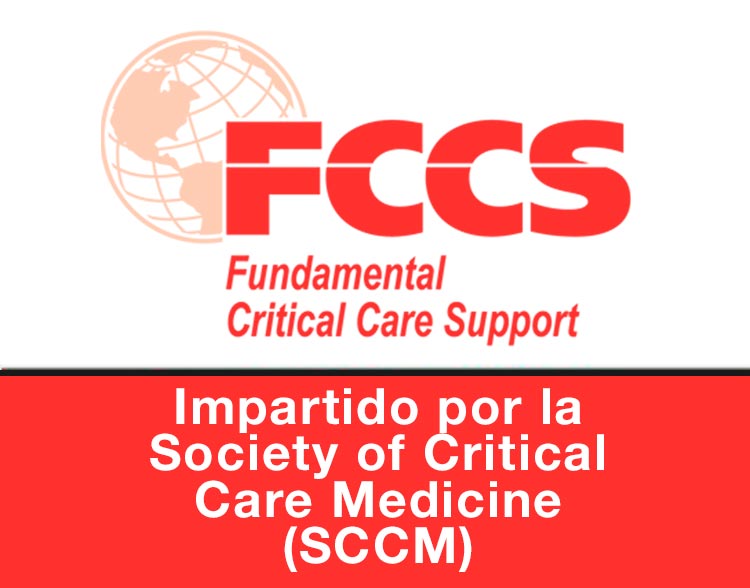
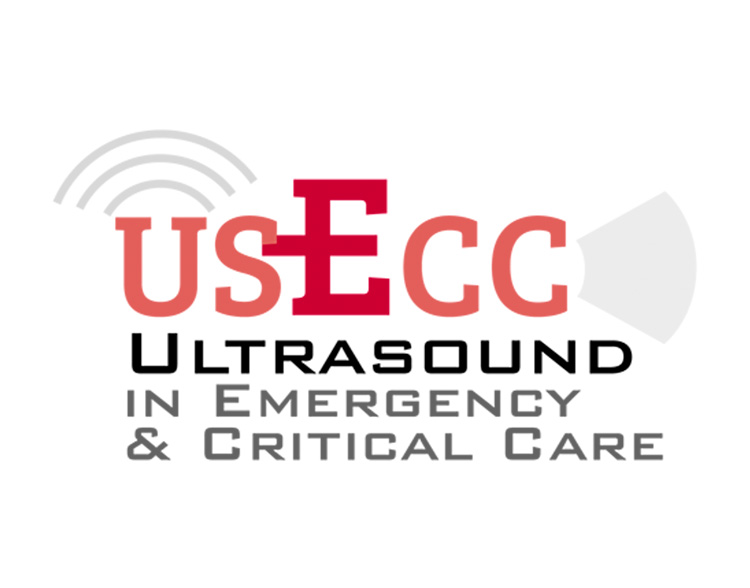
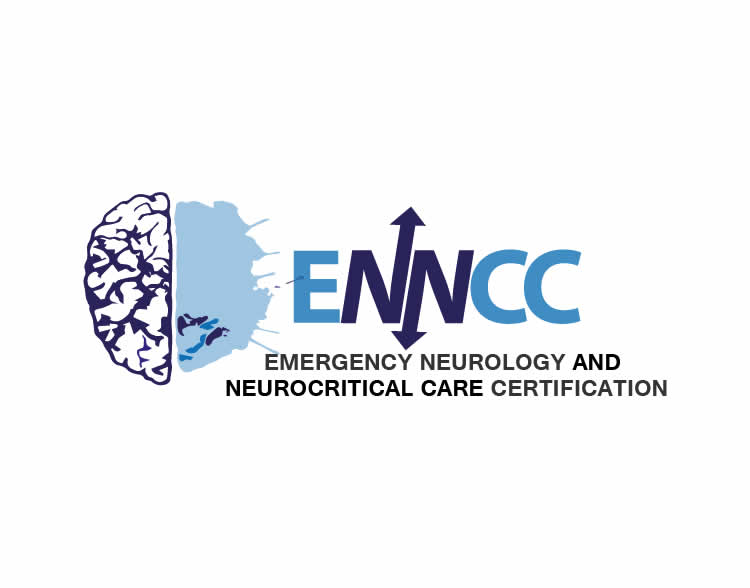
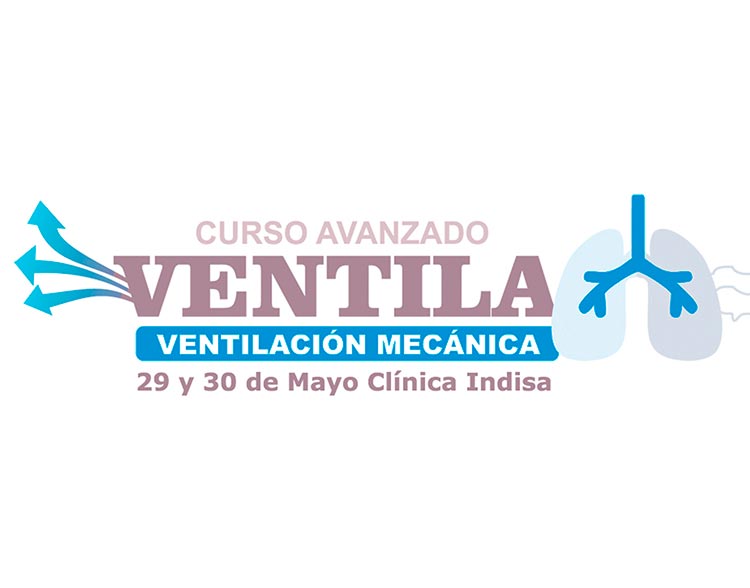
.jpg)

